Navigating through the rough waters of disjointed monitoring solutions and OEM portals has been a common pain point for the companies we’ve worked with. And many don’t have a dev team to build and maintain the integrations needed to scale their operations.
For one, the lack of a unified dashboard didn’t just cause problems — it created daily chaos. The ceaseless barrage of OEM portal notifications was nothing short of distracting noise. Each alert further impacted their time to resolution. In the middle of this constant storm of alerts, solving WAN issues was full of hidden problems. The frustrations and disagreements across teams continued to grow. This example of using disconnected tools and never-ending alerts clearly shows the challenges faced when trying to grow a business.
Even with these challenges, WAN managers are expected to be one of the top three growth engines in the tech industry1. Attaining that growth requires the ability to effectively handle WAN complexities. Two key factors – standardized network visibility, and integrated WAN performance tools – are main drivers where you can sharpen your operations. The positive impact of these two extends to the node density or work capacity each technician and engineer can effectively manage, influencing the overall WAN performance, scalability, and financial health of your business. Let’s look at the impact of these two factors:
Standardized Visibility: A Prerequisite for Optimal WAN Performance
A challenge frequently noted is the issue of inadequate visibility into WAN traffic. A survey conducted by TSIA found that 77% of MSPs, one group in the WAN management space, have standard services, and that number has grown significantly since they began tracking it in 20132. This increase in service standardization indicates the industry’s acknowledgment that the path to scalability is through standardization. While the industry knows that standardization is needed, many businesses struggle with not having a clear, consistent view across their WAN. Each system and portal presents data in a different way. This fragmented view slows troubleshooting, prevents WAN optimization, and exacerbates issues like slower performance, particularly when high-bandwidth applications are in use. Getting a clear view of the network requires manually combing WAN data from different systems – it’s time-consuming and ripe for errors. Without standardized views of WAN performance, employees are frustrated, and maintaining customer trust becomes an uphill battle.
Integrated WAN Performance Tools: The Cost-Efficiency Multiplier
Staying competitive means keeping costs low while doing a good job. Without the right engine, you struggle with scale and profitability. Experts advise using a engine that “allows the integration of third-party components and provides flexibility” and they stress the importance of “systems that can be tightly integrated and can grow and adapt.”3, 4 The right engine is integrated not just with your WAN devices but is easily integrated with your existing tools and software, to reduce manual work, speed up response times, reduce errors. Most importantly it frees up your technicians and engineers to manage more devices efficiently.
The Impact on WAN Performance and Relationship Management
Managing WANs is hard work, and without standardized visibility through a unified engine, it’s even harder. Minor WAN events grow into big problems, technicians and engineers get frustrated, and customer relationships suffer, eventually leading to loss of business.
A Path to Increased Work Capacity
By investing in standardized views and a unified WAN optimization engine, your are not merely enhancing your service quality and customer satisfaction but are also laying the foundation to increase node density per technician and engineer. This strategic move not only boosts operational efficiency but also strengthens market position, sustainably driving business growth.
The Pivotal Role of Node Density
Node density represents the number of devices a technician or engineer can effectively manage. The metric of node density, or work capacity, is a sign of a NOC’s operational efficiency and service quality. By gaining standardized WAN visibility through a unified engine, you are poised to increase node density. This increase leads to enhanced service delivery, optimized operational processes, and a reduction in time-consuming manual tasks. Moreover, a higher node density means a stronger team capable of handling bigger and more complex WAN setups.
Don’t continue drowning in a sea of alerts, struggling with disconnected systems. The journey towards increased node density and cost efficiency is made smoother with standardized network visibility. Accomplish this through a unified WAN optimization engine. The onus is on you to harness these resources to elevate your operations and increase customer satisfaction. Doing so will ensure a robust bottom line and a formidable market presence.
Trextel understands what you need. Trextel is an expert in solving the complexity of multi-location, multi-device, technology design, deployment and management. Unlike traditional MSPs, we blend advanced WAN management, and large-scale technology design and deployment expertise with a strategic focus on customer success. Our approach ensures your network isn’t just managed; it’s built and optimized for peak performance and innovation, today and tomorrow.
- TSIA “The State of Technology Services 2023,” Geore Humphrey, https://www.tsia.com/resources/the-state-of-technology-services-2023
- TSIA “The State of Managed Services 2023,” Jeremy Blanton,
- https://www.tsia.com/resources/the-state-of-managed-services-2023
- “What Are the Modern Challenges of Managed Service Providers?” https://www.forbes.com/sites/forbesbusinesscouncil/2023/02/13/what-are-the-modern-challenges-of-managed-service-providers/?sh=284aba644204
- “The Top 5 Business Challenges for MSPs and How to Overcome Them,” Erick Simpson, https://www.linkedin.com/pulse/top-5-business-challenges-msps-how-overcome-them-erick-simpson




